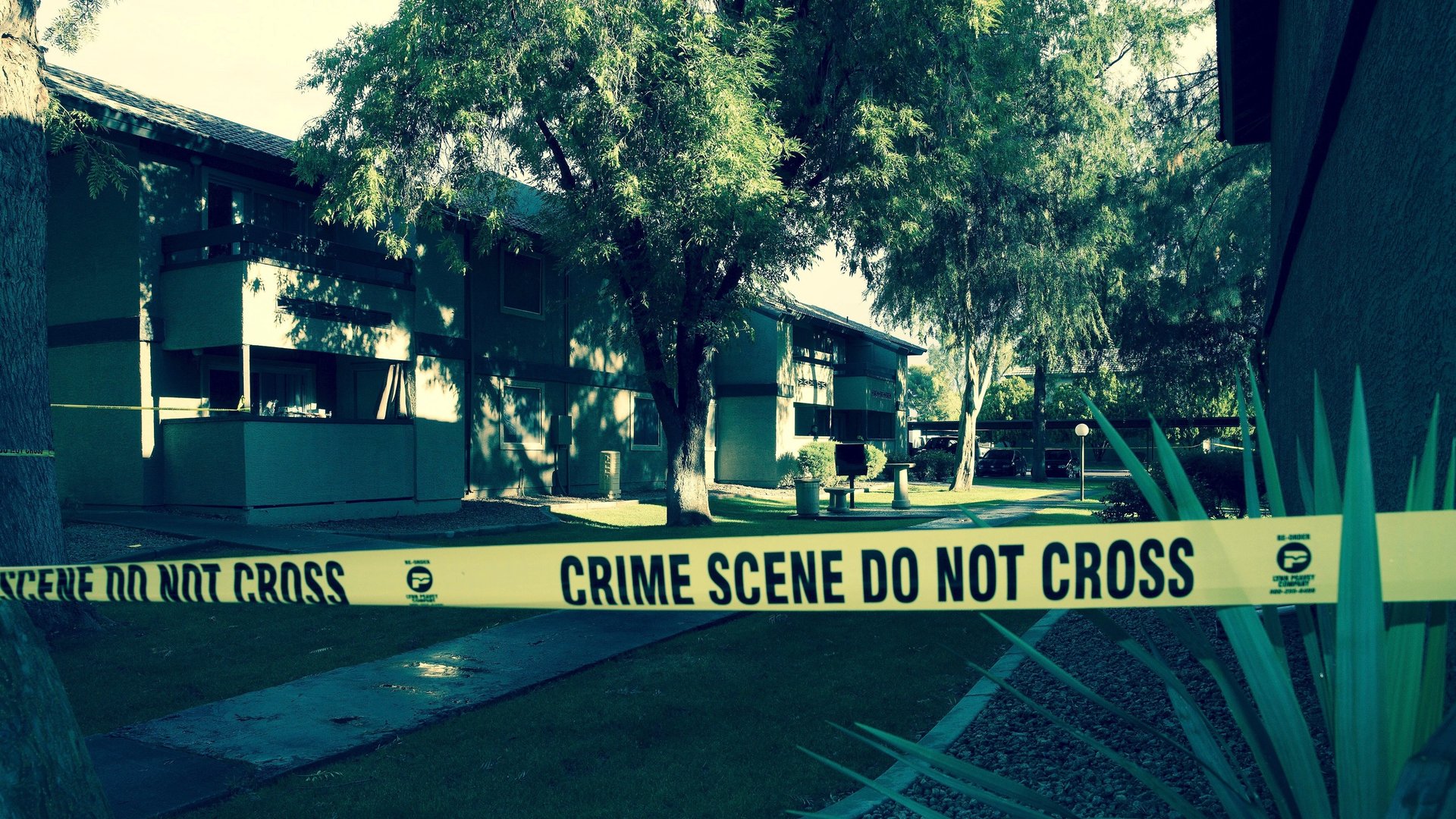Juries feel more when they see crime-scene photos in color
What if you sat on a jury that wrongly convicted an innocent person of murder—all because of color crime-scene photos?


What if you sat on a jury that wrongly convicted an innocent person of murder—all because of color crime-scene photos?
It could happen. In research published in the American Psychological Association’s Psychology, Public Policy, and Law journal on March 30, social psychologist Jessica Salerno found that color photos of murders disgust jurors more than the same images in black and white. This disgust leads jurors to want to punish defendants, and to ignore other evidence, according to her study.
Salerno measured the effect of verbal and visual murder evidence on over 500 mock jurors. She found that those who see color photos of a gruesome crime are more likely to feel disgust than those who see the same crime scene in black and white, and more likely to feel disgust than those who see color photos of a less violent crime scene.
Mock jurors who saw bloody color photos were also more inclined to punish defendants, and less influenced by presentations from the defense. Salerno’s findings indicate that gruesome color images have a profound impact on jurors, deepening the emotional influence of the crime and deafening them to other evidence presented.
Salerno, who researches the intersection of law and behavioral psychology at Arizona State University, says her study shows that color photos may be influencing jurors for all the wrong reasons. She notes that her findings could provide psychological insight for US judges deciding what evidence to exclude in criminal proceedings.
Legally, prosecutors aren’t allowed to play on jury emotions just to get a conviction. All evidence admitted in a trial must be both relevant and more probative than prejudicial. Evidence that induces a decision on a purely emotional basis—like disgust over a bloody crime scene—is supposed to be excluded, even when it’s relevant. But crime-scene photos are rarely considered too prejudicial for inclusion.
That can be problematic for an innocent defendant, as jurors determined to punish someone based on gruesome images may fail to hear proof of innocence. Salerno suggests that ”presenting gruesome evidence in black and white might reduce jurors’ emotional reactions while maintaining their probative information.”
In other words, murder convictions can seem far too black and white when jurors see them in color.